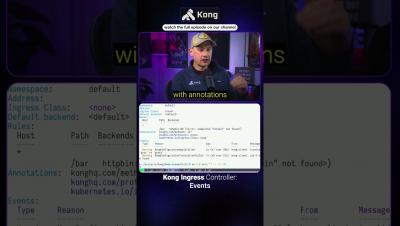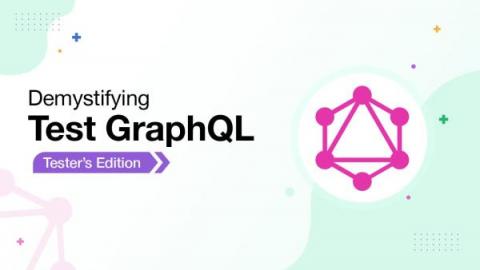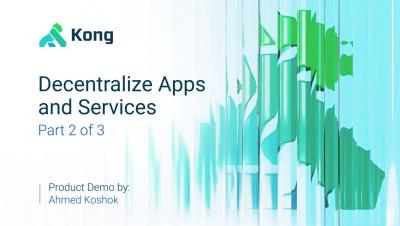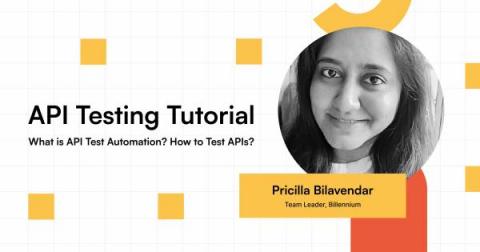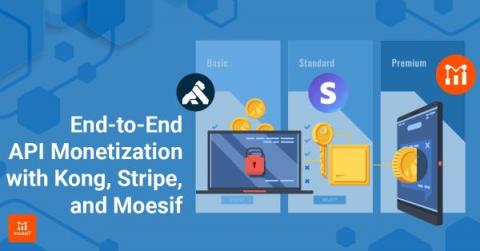Systems | Development | Analytics | API | Testing
API
Demystifying GraphQL - Tester's edition
It is high time we put out an edition of the GraphQL tutorial for our QA teams. There is a lot of material and more confusion on how to create GraphQL APIs on the internet. As if the idea of REST was easy for teams to understand – the definition of REST has always stopped just at the abbreviation, Representational State Transfer. Developers and Testers alike don’t really understand the concept. We know how to create REST APIs and how to test them and that works for us.
Kong Enterprise & Kong Konnect with Amazon VPC Lattice
At Kong, we’re always looking to expand the experience of running our products in the AWS cloud. As we steadily move into 2023, we want to continue this streak because we see firsthand the tremendous growth and success it provides our customers. Today, we’re excited to announce that the Kong API management platforms, Kong Enterprise and Kong Konnect, are validated integrations with Amazon VPC Lattice.
Role Based Access Control with Kong Enterprise
Simplifying and Saving | Affordable Performance Testing
NEW: REST API and 30+ Custom API Integrations Available Now in Databox
What is API Test Automation? How to Test APIs?
Welcome to the world of API testing. If you’re reading this, you’re probably looking to learn the basics of testing APIs or wondering how and where to start. This article will help you understand more about APIs, what types of tests you need to perform, and how to execute them and what to validate as part of the testing process.
What's new in Kong Ingress Controller 2.9 - Gateway Discovery #kubernetes #ingress #kic
What's New in Kong Ingress Controller 2.9?
We’re happy to announce the release of Kong Ingress Controller (KIC) 2.9, in which we’ve taken significant steps towards solution extensibility, deployment flexibility, and lowering the cost of ownership. KIC now offers a number of features that we think you’ll be excited about: Here are the details about each of these features.
Revenue Generation from APIs with Kong, Stripe, and Moesif
Many API developers and companies struggle to find ways to easily set up systems to unlock revenue from their APIs. Some are simple but not customizable while others are complex and require massive engineering effort to actually get it all running. To make things easier, Moesif created the Billing Meters feature which allows for massive customization with a minimal amount of code and engineering effort.


